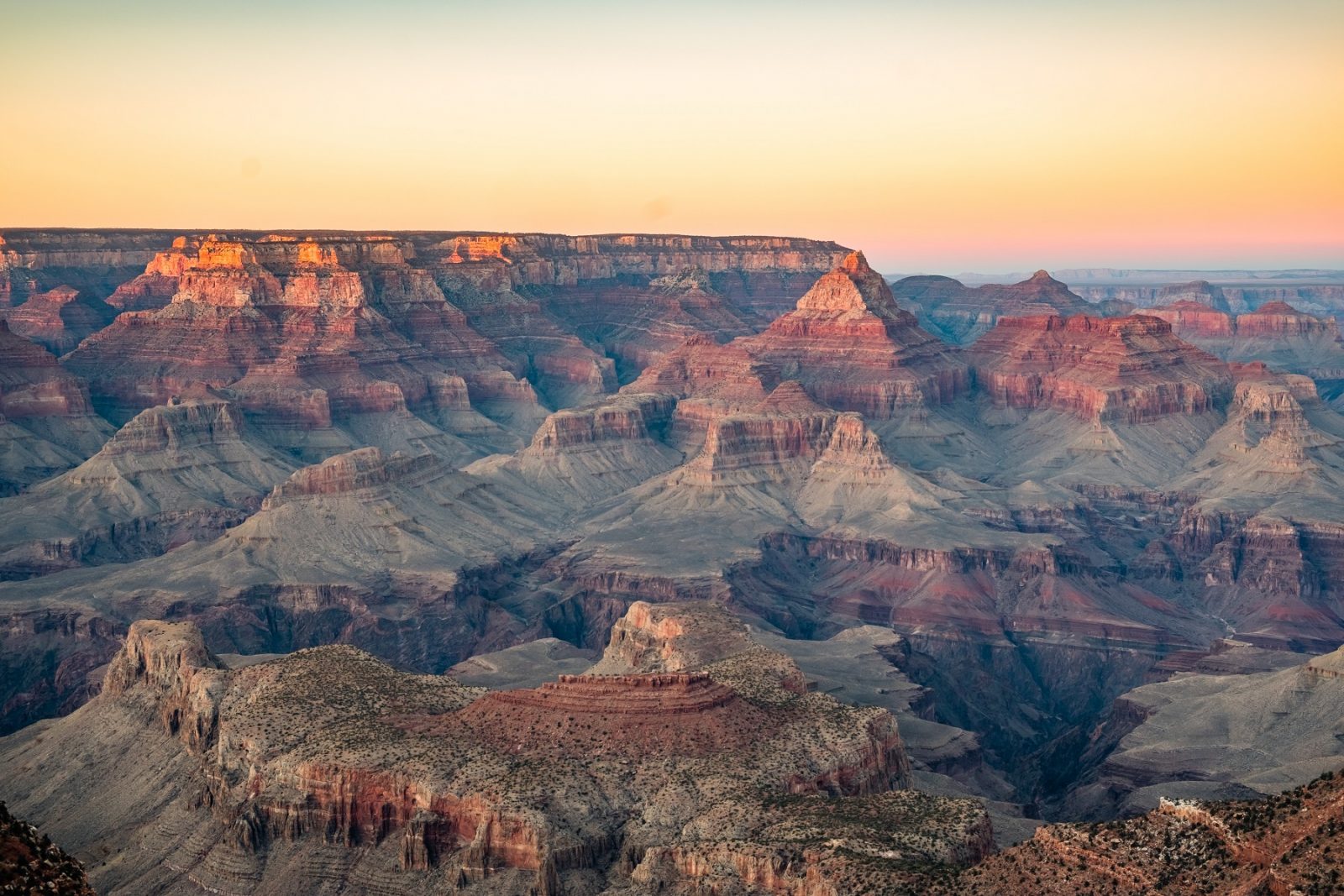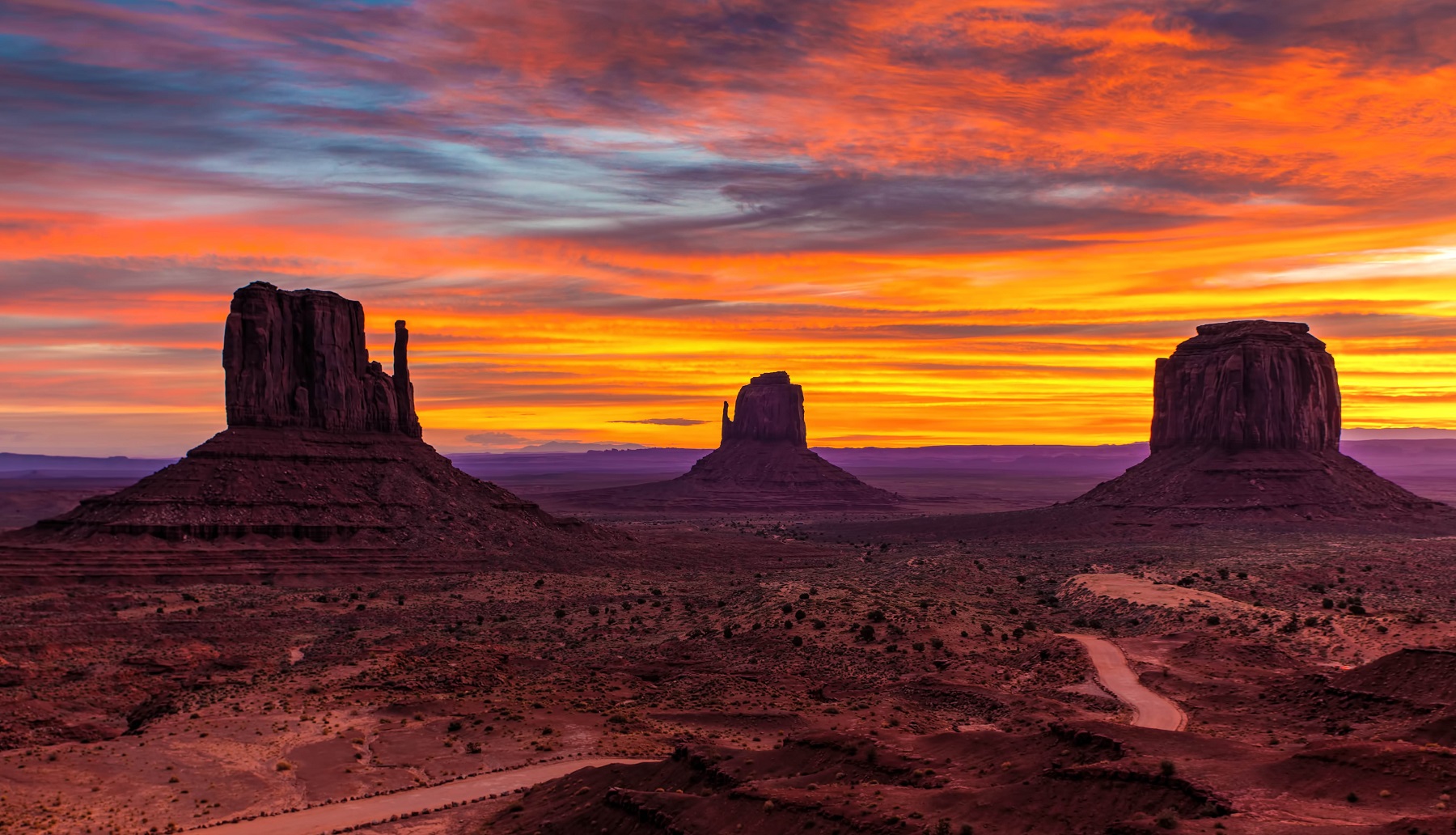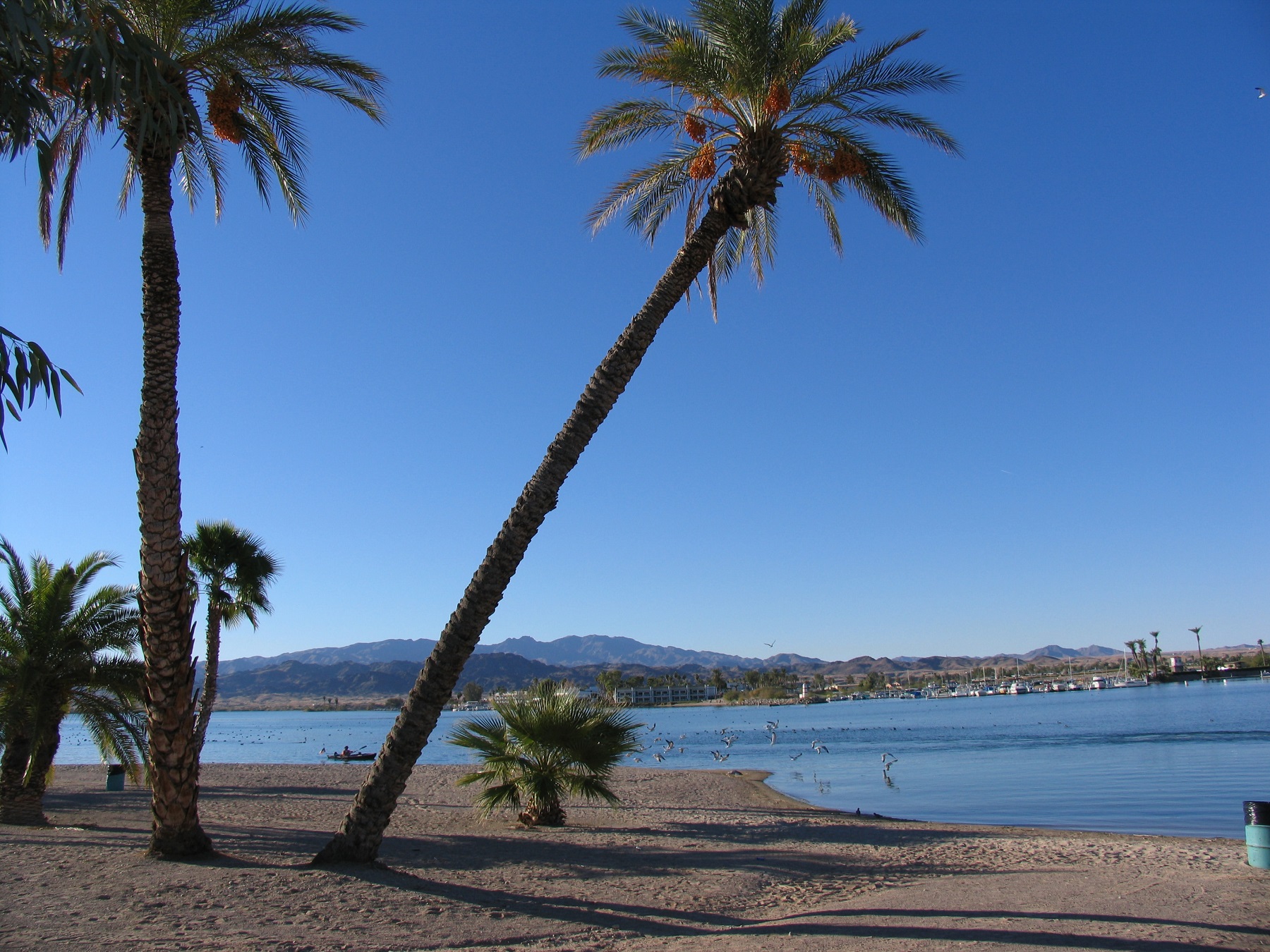Quick search
CTRL+K
Quick search
CTRL+K

Phoenix is the capital and largest city of the US state of Arizona. The area was cultivated in bygone times by the Hohokam people, and the remains of their civilization could be seen in the 1800s, when settlers began to arrive at today’s Arizona. In 1867 Jack Swilling came here and he started cultivating the land.
More settlers arrived, and Lord Darrell Duppa suggested calling the growing place Phoenix, like a city built on a defunct civilization. The new town was formally approved in 1868, when a post office was opened with Jack Swilling as postmaster. In 1870, the inhabitants chose to move the city approximately 5 km to the west, and Phoenix grew to around 2,500 inhabitants in 1880.
The railroad came to town in the 1880s, and in 1889 the territory’s capital was moved from Prescott to Phoenix. Throughout the 1900s, the city’s trade and production were developed, resulting in large population growth. Phoenix grew from 65,000 residents in Phoenix in 1940 to now being one of the largest metropolitan areas in the United States.
Today you can make some nice walks in downtown Phoenix, which is where an area was bought in 1870 to develop the new city. Downtown is defined as the area between Van Buren Street, Jackson Street, Seventh Street and Seventh Avenue. In the eastern part of downtown is the Historic Heritage Square, which is the only area that has been preserved from the original Phoenix.
There are several buildings from the period 1881-1929 at the square, and in the small area you can visit The Rosson House Museum. Rosson House is a Victorian house completed in 1895, and on a visit, you can learn about the early history of the town. East of Heritage Square you can see the neoclassical Monroe School, built in 1914 as the largest elementary school west of the Mississippi. To the west of the area is the Arizona Science Center, a popular science museum.
Going west from Heritage Square, you can visit St. Mary’s Basilica, which is a beautiful Catholic church, which was built 1902-1914 in an elegant colonial style. There are some fine glass mosaics in the church. If you continue along the main street of Washington Street, you can see the impressive skyscrapers in downtown Phoenix, which create a modern urban space, and between the tall buildings are some of the city’s worth-seeing structures.
On the south side of Washington Street is the Maricopa County Courthouse, built as Phoenix’s City Hall in 1928-1929 in a mixed architectural style with Art Deco features. The city’s modern town hall building stands tall with a height of 112 meters on the opposite side of the street. In the area there are some old and new high-rise buildings, where you may notice the Luhrs Building, which at 42 meters was the city’s tallest when it was opened in 1924.
The beautiful art deco skyscraper Luhrs Tower from 1929 with a height of 56 meters can be seen next to the Luhrs Building. In the same architectural style, you can see the Orpheum Lofts from 1930-1931 and The Professional Building from 1931, while the 147-meter-high Chase Tower from 1972 is a good example of modern high-rise architecture.
Heading west from downtown, the Arizona State Capitol stands as a focal point at the end of Washington Street. The Capitol is the government building of the state of Arizona, and the oldest part was built between 1898 and 1901, and today it is open as the Arizona Capitol Museum. At the museum you can, among other things, see the house’s original political chambers and an exhibit about the battleship USS Arizona, which sank in the Japanese attack on Pearl Harbor in 1941.
You can visit many other interesting museums in Phoenix as well. The Phoenix Art Museum has very fine collections of visual art, and the museum building from 1959 was designed by Alden B. Dow, who was a student of Frank Lloyd Wright. You can see contemporary art at the Scottsdale Museum of Contemporary Art, and if you’re interested in the pre-Columbian era of the area, you can explore archaeological digs and finds at the Pueblo Grande Museum dating back to the Hohokam people.
I downtown Phoenix, you can choose to visit the modern Symphony Hall, which is home to the city’s symphony orchestra, Arizona Opera and Ballet Arizona. The city is also home to the Orpheum Theater from 1929, which was designed in Spanish Neo-Baroque, and is home to the Phoenix Opera.

Tucson is the southeastern part of Arizona is a city steeped in history and a location in the heart of the Sonoran Desert. The history of Tucson dates back thousands of years, with evidence of Paleo-Indians inhabiting the area as early as 10,000 BC. The Hohokam people, known for their advanced irrigation systems, lived in the region from around 450 to 1450 CE.
The modern city was officially founded on August 20, 1775, when Spanish explorer Hugo O’Conor established the Presidio San Agustín del Tucsón. The city’s strategic location made it a vital military and trade post throughout its history, transitioning from Spanish to Mexican, and finally to American control following the Gadsden Purchase in 1854.

Flagstaff is a city in the northern part of Arizona. It is in an area originally inhabited by the Sinagua people, who lived there from around 500 to 1425 CE. The modern settlement of Flagstaff began in 1876 when a group of settlers from Boston camped near a small spring and raised a flagstaff to celebrate the nation’s centennial. The arrival of the Atlantic and Pacific Railroad in 1882 transformed Flagstaff into a busy railroad town, and settlers established shops, saloons, and more.
The city’s growth continued with the establishment of the lumber and ranching industries, which played a significant role in its early economy. Flagstaff’s strategic location along historic Route 66 and its proximity to natural wonders like the Grand Canyon have since then made it a popular destination for tourists. The city’s elevation provides a cool climate and stunning views of the surrounding San Francisco Peaks.

Grand Canyon National Park is an large park that is home to the world-famous natural wonder of the Grand Canyon. The park is located around 447 kilometers of the Colorado River, which over millions of years has shaped the landscape into the colossal canyon that today is in the northeastern part of the state of Arizona.
The dimensions of the Grand Canyon are huge, and the gorge is between 6 and 29 kilometers wide. The depth varies with the greatest depth reaching up to 1,600 meters, and the meandering course of the Colorado River continues to dig deeper, although it happens at a geological pace. All the way along the river, the canyon is bursting with an artist’s sense of shapes and colors, and everywhere there is a play in the sun’s rays against the mainly red-hued rock formations, and that is an unforgettable sight.
Read more about Grand Canyon National Park

Monument Valley is an area of Arizona’s desert landscape that is famous for its many rock formations that stand scattered and rise from the otherwise flat land. Many will nod in recognition to Monument Valley because they have seen one or more American western movies, but the distinctive formations are, with or without western films, one of the most iconic landscapes in the western United States.
Monument Valley is centrally located on the so-called Colorado Plateau, which spreads over an area of 337,000 km2 around the Colorado River and some of its tributaries. The plateau form parts of the states of Arizona, Utah, New Mexico and Colorado, and it is known for several well-visited sights such as the Grand Canyon and Monument Valley.
Read more about Monument Valley

Lake Havasu City is a relatively new city, having been established as a recreational military camp during World War II. At the time, the place was called Site Six, and it was located right by Lake Havasu, which was artificially created with the construction of the Parker Dam in the mid-1930s. The lake forms part of the course of the Colorado River, and it is located on the border of Arizona and California.
In 1958, businessman Robert McCulloch purchased 13 square kilometers of land in the area, and he supplemented the purchase with another 53 square kilometers before Lake Havasu City was incorporated on September 30, 1963. It received formal city status in 1978, and since then the city has become one of the most visited in Arizona.
 Phoenix, Arizona[/caption]
Phoenix, Arizona[/caption]
Overview of Phoenix
Phoenix is the capital and largest city of the US state of Arizona. The area was cultivated in bygone times by the Hohokam people, and the remains of their civilization could be seen in the 1800s, when settlers began to arrive at today’s Arizona. In 1867 Jack Swilling came here and he started cultivating the land.
More settlers arrived, and Lord Darrell Duppa suggested calling the growing place Phoenix, like a city built on a defunct civilization. The new town was formally approved in 1868, when a post office was opened with Jack Swilling as postmaster. In 1870, the inhabitants chose to move the city approximately 5 km to the west, and Phoenix grew to around 2,500 inhabitants in 1880.
The railroad came to town in the 1880s, and in 1889 the territory’s capital was moved from Prescott to Phoenix. Throughout the 1900s, the city’s trade and production were developed, resulting in large population growth. Phoenix grew from 65,000 residents in Phoenix in 1940 to now being one of the largest metropolitan areas in the United States.
Today you can make some nice walks in downtown, which is where an area was bought in 1870 to develop the new city. Downtown is defined as the area between Van Buren Street, Jackson Street, Seventh Street and Seventh Avenue. In the eastern part of downtown is the Historic Heritage Square, which is the only area that has been preserved from the original Phoenix.
About the Phoenix travel guide
Contents: Tours in the city + tours in the surrounding area
Published: Released soon
Author: Stig Albeck
Publisher: Vamados.com
Language: English
About the travel guide
The Phoenix travel guide gives you an overview of the sights and activities of the American city. Read about top sights and other sights, and get a tour guide with tour suggestions and detailed descriptions of all the city’s most important churches, monuments, mansions, museums, etc.
Phoenix is waiting for you, and at vamados.com you can also find cheap flights and great deals on hotels for your trip. You just select your travel dates and then you get flight and accommodation suggestions in and around the city.
Read more about Phoenix and the United States
United States Travel Guide: https://vamados.com/usa
City tourism: https://visitphoe-nix.com
Main Page: https://www.vamados.com/
Buy the travel guide
Click the “Add to Cart” button to purchase the travel guide. After that you will come to the payment, where you enter the purchase and payment information. Upon payment of the travel guide, you will immediately receive a receipt with a link to download your purchase. You can download the travel guide immediately or use the download link in the email later.
Use the travel guide
When you buy the travel guide to Phoenix you get the book online so you can have it on your phone, tablet or computer – and of course you can choose to print it. Use the maps and tour suggestions and you will have a good and content-rich journey.

Similar to Phoenix Travel Guide
